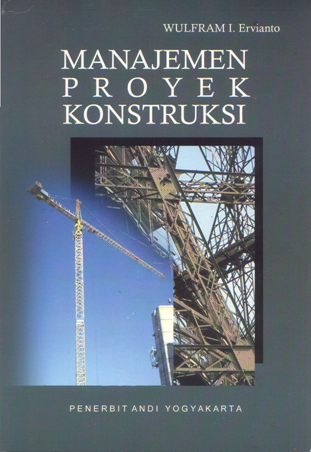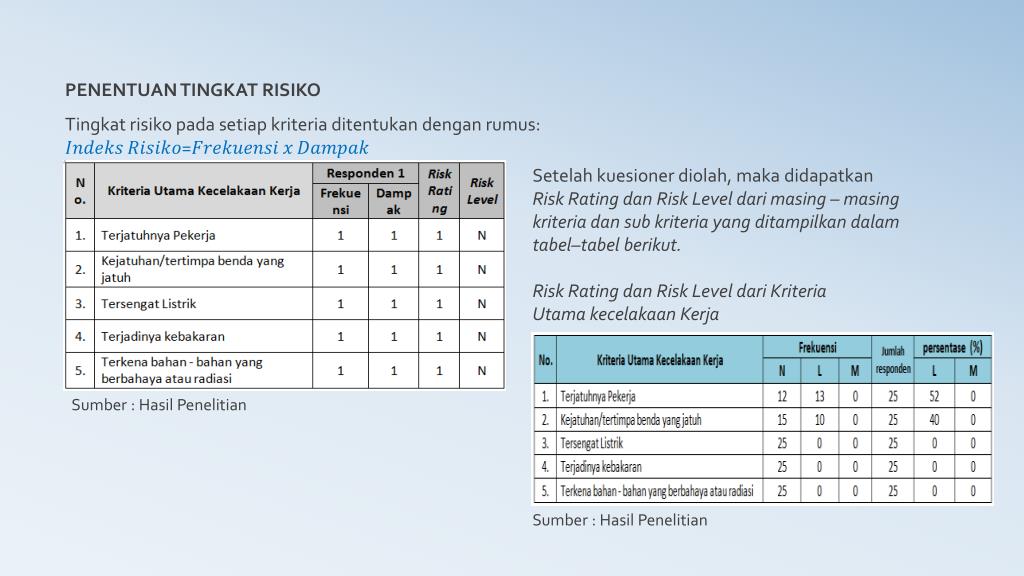

Afdi, “Departemen Teknik Industri Universitas Diponegoro,” vol. Cahyono, “Analisis Risiko Teknologi Informasi Menggunakan ISO 31000 pada Program HRMS,” J. Imbar, “Analisis Risiko Teknologi Informasi pada Lembaga Penerbangan dan Antariksa Nasional (LAPAN) pada Website SWIFTS Menggunakan ISO 31000,” J. N., “Manajemen Risiko Pada Bandara Soekarno Hatta Berbasis Iso 31000,” J. Suparno, “Manajemen Risiko Dalam Proyek Konstruksi,” Bangunan, vol. Harimurti, “MANAJEMEN RISIKO, FUNGSI DAN MEKANISMENYA Fadjar Harimurti Fakultas Ekonomi Universitas Slamet Riyadi Surakarta,” J. Sitokdana, “Analisis Risiko Teknologi Informasi Pada Aplikasi Sap Di Pt Serasi Autoraya Menggunakan Iso 31000,” Sebatik, vol. Manuputty, “Analisis Resiko Teknologi Informasi Aplikasi VCare PT Visionet Data Internasional Menggunakan ISO 31000,” J.

Istambul, “Implementation of ISO 31000 for information technology risk management in the government environment,” Int. Dwiningrum, “Peran Ormawa dalam Membentuk Nilai-nilai Karakter di Dunia Industri (Studi Organisasi Kemahasiswaan di Politeknik Negeri Balikpapan),” Al-Adabiya J. FGD and Pareto analysis used in the study produced five recommendations for mitigation actions that are expected to be able to mitigate risk on piping and civil utility construction by establishing QA/QC independently/cooperation, take corrective action (corrective action), conduct testing or testing with the applicable provisions, implement ISO certification of 9001:2015 quality management, and perform training on procedures and standards that apply periodically.B. The results of the analysis successfully identified 60 risk events and 38 risk agents in the construction of utility piping and work civil PDAM Pam Jaya.

60 respondents involved in the study consisting of project managers, supervisors, and engineers on pipeline and civil works construction projects. The first phase is the identification of risks and risk agents in the piping and civil works utility construction through the measurement of severity and occurrence levels to produce an aggregate risk priority (ARP), then conducts a risk mitigation analysis in the second phase. Research is conducted through two phases. The purpose of this research is to analyse risk management on piping and civil works utility construction using the house of risk model. The pipeline and Civil works construction project to meet the distribution of clean water needs in Jakarta through the Cooperation Agreement PDAM Pam Jaya and PT Pam Lyonnaise Jaya (Palyja) potentially generate various risks. Therefore, risk management is indispensable for the success of a construction project. Construction activities such as piping and civil works utilities always potentially pose a risk.


 0 kommentar(er)
0 kommentar(er)
